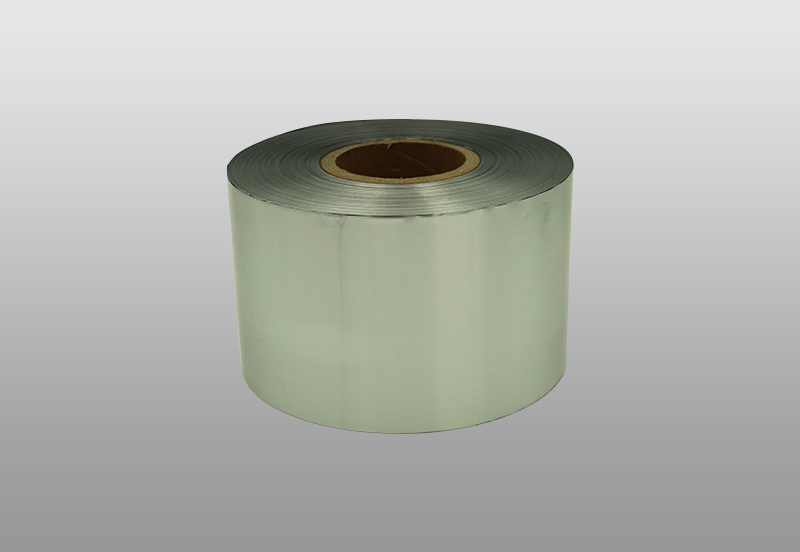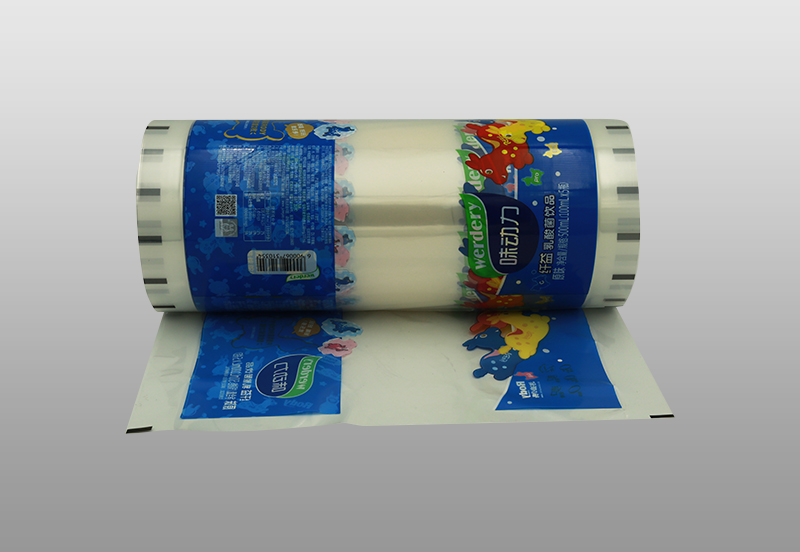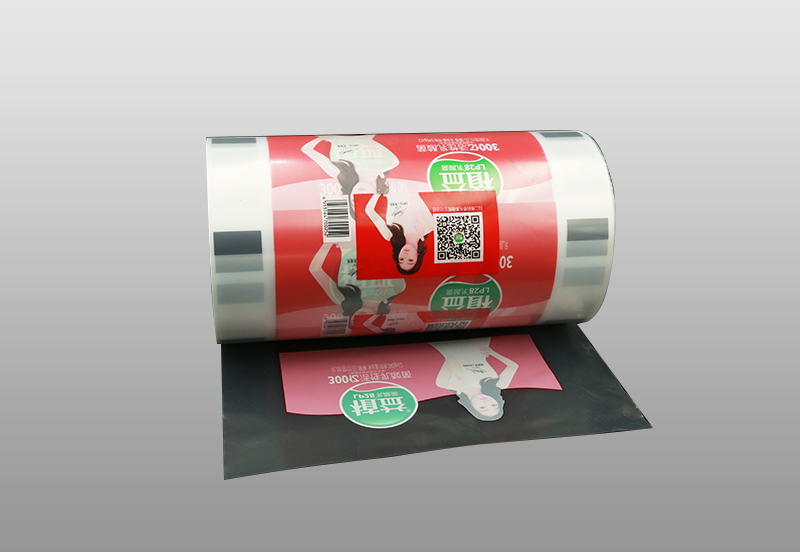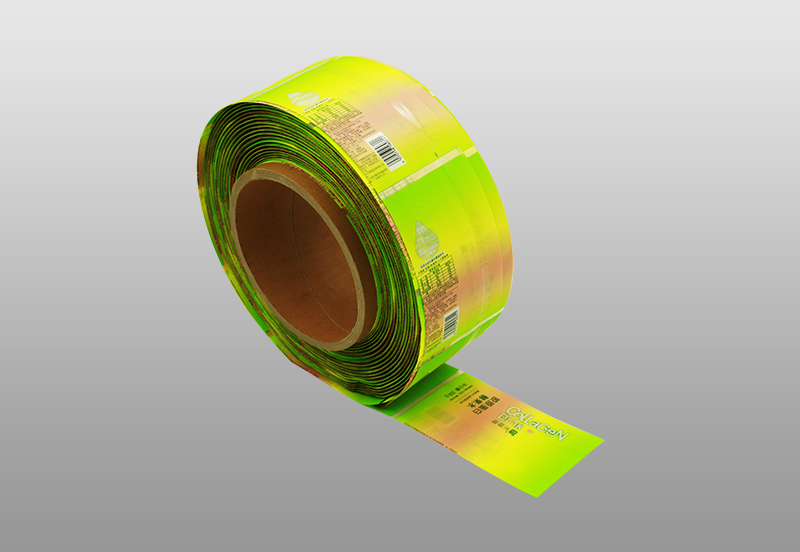2. Bags, big bags and sealed bags
The production of bags, big bags and sealed bags is to seal two or more sides of the plastic film together to form a cavity for the product. In most applications, the opening is then sealed in order to make the product completely encapsulated by the packaging material. Sometimes, the side of the shopping bag etc. is open.
The words "bag", "sack" and "pouch" can be confused. Some authors believe that "big bags" are larger than "bags", but both refer to packages with an open upper end, while "sealed bags" are much smaller and refer to packages that are completely sealed. However, these definitions do not match the general use of this term, because they are often used interchangeably in practical applications.
Common sealed bags include pillow-shaped bags, three-sided sealed bags and four-sided sealed bags. Pillow bags are made of plastic film into a cylinder, and then the sides are sealed together, and the sealed sides become the back seams of the finished package. Clamp and seal the bottom of the cylinder, put the product in, and add the top seam. The packaging that contains the product looks like a pillow-hence the name.
As the name suggests, the three-side sealing bag is made by folding the film into a rectangle and sealing the three unfolded sides. Sometimes, the fourth side is also sealed to increase strength. The four-side sealed bag is made of two sheets of film, and all sides are sealed together. Therefore, the four-sided sealed bag does not have to be rectangular. Contrary to pillow bags and three-sided sealed bags, different plastic films can be used for the front and back of the four-sided sealed bags.
Any of the formed sealed bags can be gusseted to expand the capacity without increasing its width or height.
The sealed bag can be used alone or together with other packaging for product circulation and/or distribution. A very common packaging structure is bag-in-box packaging, which places the sealed bag in a folded carton or corrugated box.
The material of the bag can be all plastic film itself, or it can be a multi-layer material containing paper and/or aluminum foil. Paper can be used to increase the strength, hardness, printability and apparent density of flexible packaging. Aluminum foil can be added to improve its permeability to oxygen, water vapor, odor, aroma and other permeates.
In the past few years, stand-up bags have increasingly replaced cartons and bottles. Their designs include gussets and specially shaped bottom plates that can stand upright on retailer shelves.
3. Production of sealed bags
There are two main ways to pack in bags, big bags and sealed bags: as prefabricated bags or used in forming-filling-sealing production. In form-fill-seal (FFS) production, the substrate (if applicable, usually pre-printed) is added to a horizontal or vertical FFS machine to form a bag, then the product is put in, and finally sealed . If a pre-made bag is used, make the bag first, leaving a mouth for the product. In another production, the product is put into the bag, and then the bag is sealed.
From an economic point of view, for mass production, usually form-fill-seal has advantages. If the output is low or the material is difficult to seal and quality control is problematic, it is generally more economical to buy pre-made bags.
4. Opening and resealability
One of the long-standing disadvantages of flexible packaging is that it is difficult to provide easy-to-use, easy-to-open and reseal bags. In the past few years, several innovative technologies have significantly improved the above-mentioned performance of packaging.
The most common way to open products in flexible packaging is to cut or tear open the mouth of the packaging bag, or peel off a seam. For some products, such as cereal breakfast foods packaged in a box-lined bag, this problem is the most complained by consumers. The seal is generally not easy to peel, and the bag is often cut along the edge to spill the cereal in the box. It is almost impossible to re-seal the bag to maintain the freshness of the product. Some flexible packages are sealed with zippers, often with tear strips for easy opening for the first time. Other packages also have resealable flaps, usually located at the seams.
For liquid products, some packages have a threaded outlet with a standard screw cap. The outlet can be located at the top and bottom of the bag, depending on the size of the product and packaging. In box-lined bag packaging, the outer carton has a foldable lid, and the outlet is pulled out of the foldable lid when opened. For disposable beverage packaging, a straw is generally attached (the straw has its own packaging to prevent dirt contamination and stick to the side of the beverage bag). Specify a point on the packaging to improve the packaging to facilitate the straw penetrate.

 English
English Español
Español русский
русский 简体中文
简体中文






